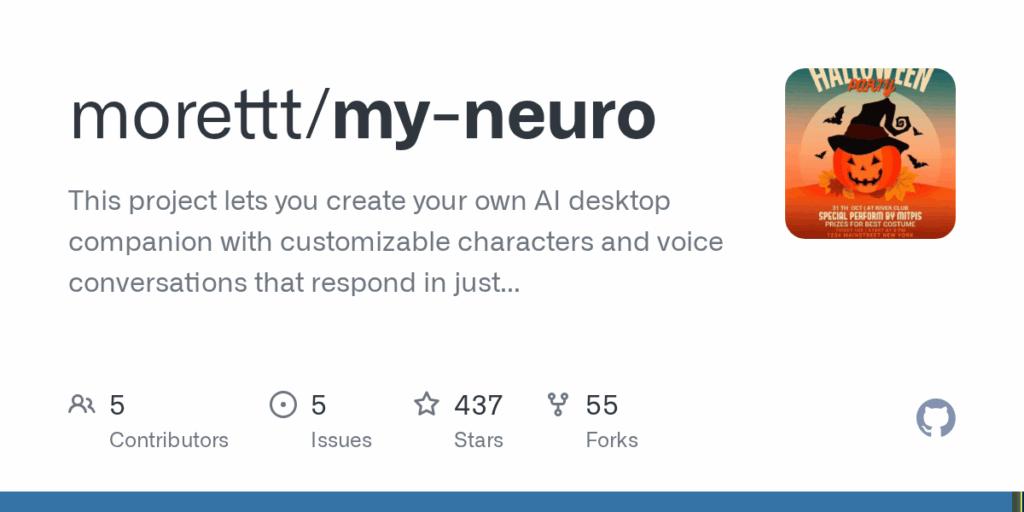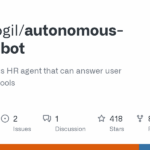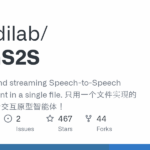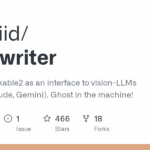my neuro
Basic Information
my-neuro is a toolbox and desktop application project intended to create a personalized AI companion that approximates a human-like character by combining voice, personality, appearance and memory. The repo is inspired by neuro sama and provides packaged tools, scripts and guidance so users can deploy either fully local or mixed local/closed‚ÄëAPI systems on Windows. It supports training or cloning TTS voices, swapping Live2D avatars, integrating visual recognition, and tuning LLM behavior via an included LLM-studio folder. The project targets both non-experts with one-click bat deployment and experienced users who want to run or fine-tune open-source models locally. Hardware guidance and optional cloud API usage are documented. The README documents step-by-step Windows setup, conda environment commands, required model downloads and optional RAG and diagnostic utilities.








